Design Practice: The Basics of Marketing Your Business
Marketing your design practice will require substantial attention and sustained effort. It builds on the steps outlined in a previous ideabook: define your brand and establish your business structure. Here again the steps are broken down into two types of tasks: procedural ones and more conceptual, challenging ones.
Resist the strong urge to set up your dream studio; rent a highly visible office space; order new furniture, computers and plotters; and acquire all of the trappings that make you feel like you’re running a business. Those things will come when you have work to do (or even later). Your more pressing task is business development. You need to take the brand you’ve been curating, announce your presence to the world and start filling your boards with projects. After all, without projects your business doesn’t exist.
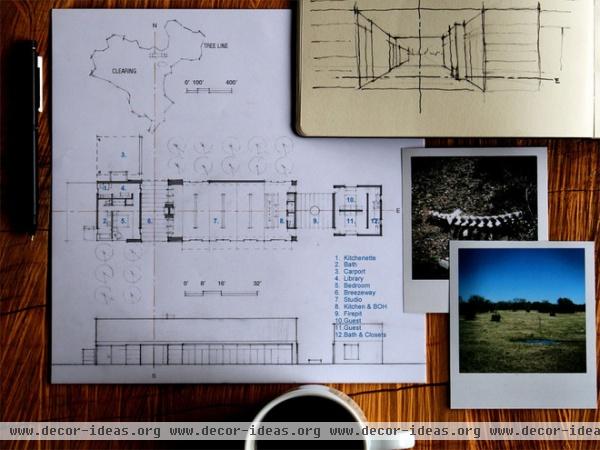
“Marketing” defined. This probably isn’t something you’ve had a lot of experience with as an employee. Projects were probably handed to you. It’s certainly nothing I was ever taught in architecture school. But as a business owner, an entrepreneur and a CEO, you’ll devote a lot of time to marketing — not only to get projects but also to make sure your brand is delivering on the promises you’ve made. At its core the goal of marketing is to let people (your target market) know what you do (your unique selling proposition, or USP) and how you do it (your narrative).
Once you’ve put some time in and have developed projects, you’ll come to know that marketing actually extends far beyond these early steps, touching almost every aspect of the way you run your business. From keeping clients happy and projects running smoothly to writing emails and contract agreements, it’s all marketing. You want to be sure your clients, your project team and all of the contractors, consultants and collaborators all have a positive professional experience with your brand. Ideally, you want that experience to be one that warrants their recommending you to others.
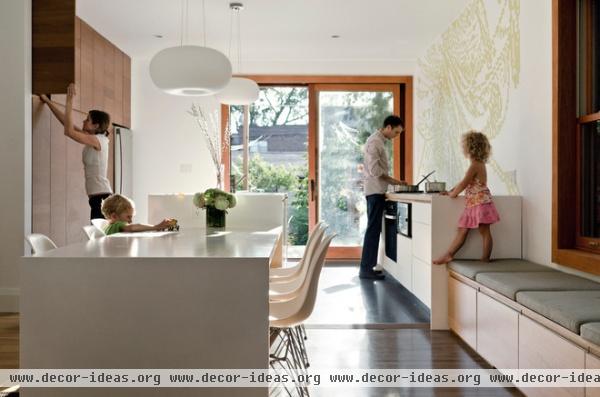
Target market. Let’s begin by defining exactly whom you will be selling your products and services to. Make their avatar your ideal client. The more clearly you can define this early on, the more successful you’ll be in reaching them. Your limited marketing budget needs to be highly focused to be successful. Architects and designers often lack marketing skill because our professional training, for the most part, has yet to realize its value. Read as much as you can on the subject, at the very least the basic theory, because you’ll need a working lexicon.
The group of people who prefer to read about high-end, more formal architecture is much different than the group who wants to read about young families living in modern homes. And, because it’s your business, you get to decide whom you’d rather work with. Figure out what they value, what they desire, where they hang out, where they vacation, what their family looks like, what they do in their spare time and what kind of music they listen to. If they emptied their pockets, what would they be carrying? Your brand should be crafted to attract these people, and now you must design your marketing strategy to appeal to their sensibilities.
Take action: Develop your target market avatar to represent your desired clients; be as detailed as you can in describing them. List every possible location they might frequent: web, blogs, community, print, forums (online and off), social clubs, day care centers etc. Research the four P’s (product, price, promotion, place), the four C’s (consumer, cost, communication, convenience) and foundational marketing theory.
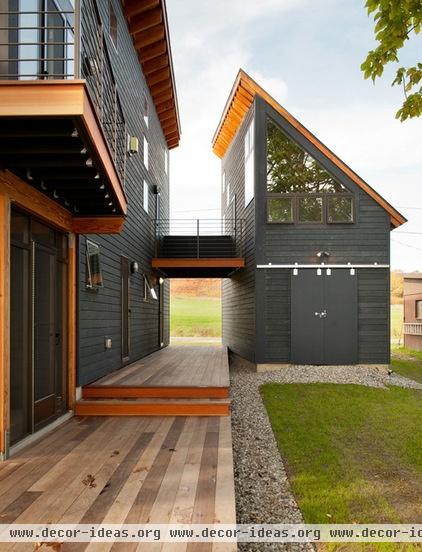
Your unique selling proposition (USP). What differentiates you from your competitors? Your USP defines what makes you a better value than the other choices available. One of the reasons that 80 percent of new businesses fail within the first 18 months is their unwillingness to define their USP.
If you’re struggling with this, there are many resources available. (Check out this chart for starters.) While historically much of a designer or an architect’s work has been local, the Internet has opened access to the world, and we’re competing in a global marketplace. Standing out means differentiating, or niching down, as many in the entrepreneurial world refer to it.
Part of defining your USP is determining just what your niche will be. Some architects are generalists, and some are highly focused, working only on one project type. If you’re just starting out, I would argue, it’s difficult to build a general practice. Of course, if you’re purchasing or inheriting one, that’s different. The phrase “jack of all trades, master of none” applies here. I really believe that trying to serve everyone will short-circuit your success.
The more specialized your service, the better chance you have of becoming the go-to resource in your field by developing a set of skills valued by a select group of clients looking for that specific service. Passivhaus designers are experiencing strong, niche-specific growth currently, but there are plenty of others to consider.
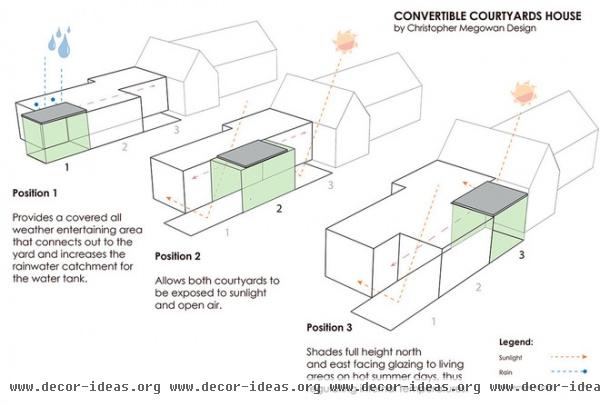
This isn’t to say that a highly focused, niche-specific approach is without risk. Niching down too far means that when the market softens (and it will), all of your business will go with it. Having a couple of related niches will protect against this to some degree, but it will also dilute your brand identity. Choose carefully and always remember that you’re building your brand, so make sure it’s the kind of work you want to be doing.
You may be passionate about doing roof repair work for schools now, but five years from now you’ll be known as the person who does really great roof replacements. Picturing your day-to-day operations at a future point five to 10 years from now is a good way of charting a course today. Make sure that day five years hence is a day you’ll want to show up for in your studio.
Take action: Define your USP and your target niche(s).

Narrative. More often than not, when given the choice, people will choose something with a narrative over something that doesn’t have one. Now is the time to develop your narrative, your story. This will evolve out of the brand exercise completed in the previous ideabook.
What if you’re just starting out and don’t have a large body of work to draw from? It doesn’t matter. You still have a story to tell, whether it’s how you came to be a designer or an architect or a furniture maker. Perhaps it’s your passion for saving the planet by designing off-the-grid movable homes. You’ll revise it and refine it as you build your business, but you have to start somewhere.
If you have an established portfolio of work, make sure to document it with high-quality photographs and, if possible, presentation drawings. Built work speaks to your talents like nothing else, and poor photography can suck the life out of great spaces. Even if you don’t have the budget for a $5,000-per-day photo shoot, invest in a good digital single-lens reflex camera and take composed photos using a tripod. Your built work is invaluable; it represents a huge time investment. It will net you more work and the opportunity for publication both online and in print.
Take action: Commit your story to paper, then gather the visual materials to support it.
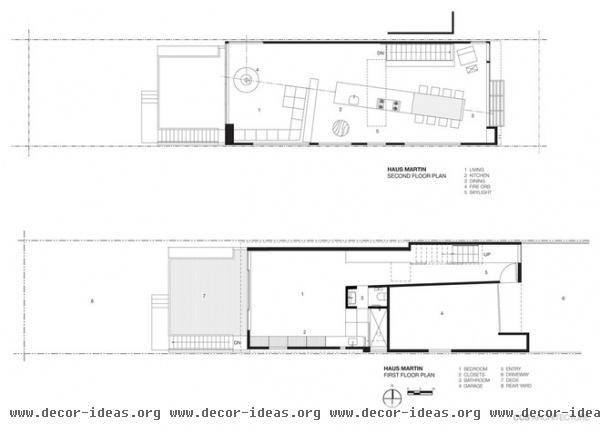
Broadcasting your brand. While there are far too many marketing outlets to describe in any real detail here, you should have a plan for how to connect with your target market. You want to be visible to your target clients wherever they spend time. For many residential architects, that means online. This is a powerful opportunity for the new business owner looking to maintain a lean start-up profile. You will likely have little money to spend on paid advertising; instead you should focus your efforts and a small amount of cash on your website (or easily create a website for free using Houzz’s Site Builder). Your website is without question the single most effective business marketing strategy on day one for business development. Thankfully, it’s one of the most affordable ones too. As far as marketing tools go, your site is an inexpensive and invaluable marketing tool that your business can’t live without.
Take action: Purchase the domain name that’s your business name. Set up your hosting account, install a theme and begin building your online presence with the story, text and visuals you gathered in the previous step.
See how to create a free, custom website with the Houzz Site Designer
Learn how to use custom domains
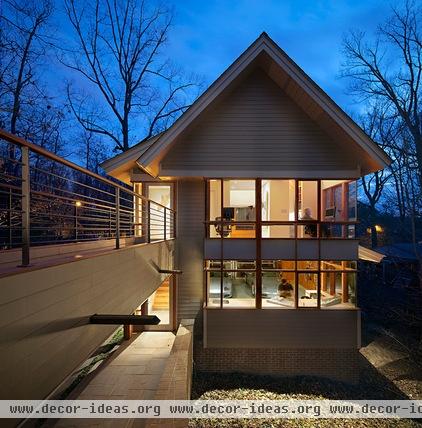
Once you’ve put your website together, you can refer prospective clients and contacts to it. That’s your studio. Now let people know where it is. We’ll reserve the website strategies for another ideabook. For now, establishing your site is an excellent first step.
Work can come from many different places. You’ll rely heavily on your personal and professional networks. Your early projects may come from family and friends or your own personal need for a home. Be sure everyone in your network knows what you’re up to and the kind of work you’re seeking. Along the way you’ll use each one of these marketing channels as you gain confidence and your reach increases:Realtors, contractors, bankers and anyone involved in the building pipelinePersonal networks (family and friends)Pro bono workWritingPublicationsSocial mediaYouTube and VimeoCompetitionsPaid advertising
If you’ve been diligent about defining exactly what your brand is, that will guide the best marketing strategy to pursue. It’s unlikely you’ll net many commercial development jobs by marketing on Facebook. But you may find that a pro bono nursery school addition nets some residential work from growing young families. Competitions are great for launching young practices out of the gates. You have more time than money right now; leverage that resource however you can.
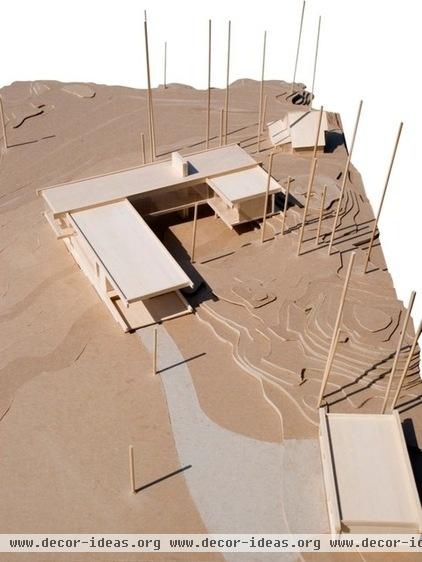
Just remember that everything you do should refer back to your brand. This applies even if the dream of opening your practice is still a few years off. Work for people whose work you admire. You’ll learn the project delivery process from a group of professionals who are used to generating high-quality work. You’ll get the experience of designing it, meeting clients, writing proposals, attending presentations and mediating problems both onsite and in the office. And, when you choose to set out on your own, your personal portfolio of projects you contributed to will reflect the high-quality work you were drawn to initially — you’ll always be positioning.
This is all an iterative process rather than a strictly systematized, step-by-step sequence. You’ll develop a very basic version of what you have to offer in the beginning, something with a stripped-down feature set, and offer it for sale via one of the many channels above. It’s really the market that will determine whether or not people will think your USP is valuable. If people aren’t buying what you’re selling, set aside your ego, accept it and move forward. You’ll have something more valuable than when you started: information. Take it, refine, iterate and pivot to something new, test and retest. Marketing is a perpetual exercise — you’ll always be seeking new work.
Tell us: If you’ve been at this awhile, please share your marketing successes and strategies in the Comments.
More: Design Practice: How to Start Your Architecture Business












